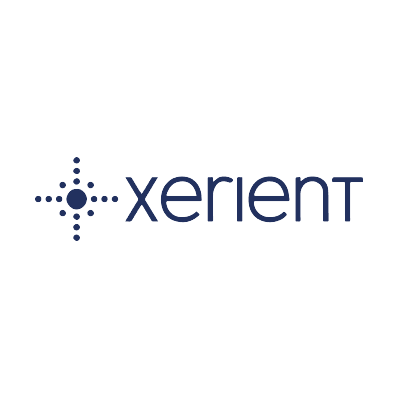-
Undergraduate
- Undergraduate Programs
- For All U-M Students
- Pre-College Programs
-
 Unique Community of Leaders
Unique Community of LeadersRanked #4 by U.S. News & World Report, the Michigan Ross BBA Program is one of the best undergraduate business program in the world. Explore what makes our inclusive community of learners so unique.
-
Graduate
- MBA Programs
- One-Year Master's Programs
- Resources
-
 We Are A Community
We Are A CommunityAt Michigan Ross, you gain more than just a first-class business education. Our collaborative, supportive, inclusive community enriches your experience, and sets you up with a lifetime network of friends across the globe.
-
Faculty / Research & PhD
- Faculty & Research
- Centers, Institutes, and Initiatives
- PhD
-
 Generating Powerful Ideas
Generating Powerful IdeasThe work of Michigan Ross faculty influences the world’s largest companies and global economies. Every day we’re creating real-world solutions for the most pressing challenges in our world.
- Centers & Institutes
- Executive Education
- Alumni
-
News & Events
- News
- Events
- Resources
- Special Events
-
 Michigan Ross Deepens Roots in Los Angeles
Michigan Ross Deepens Roots in Los AngelesOpening a new, dedicated location in downtown Los Angeles provides greater access to a world-class business education for students and professionals on the West Coast.
-
About Ross
- About Ross
- Strategic Initiatives
- Leadership
- Visit Michigan Ross & Surrounding Area
-
 Leveraging AI's Potential.
Leveraging AI's Potential.Michigan Ross is driving the real-world impact of AI through research, education, and policy to build a better world through business.
-

